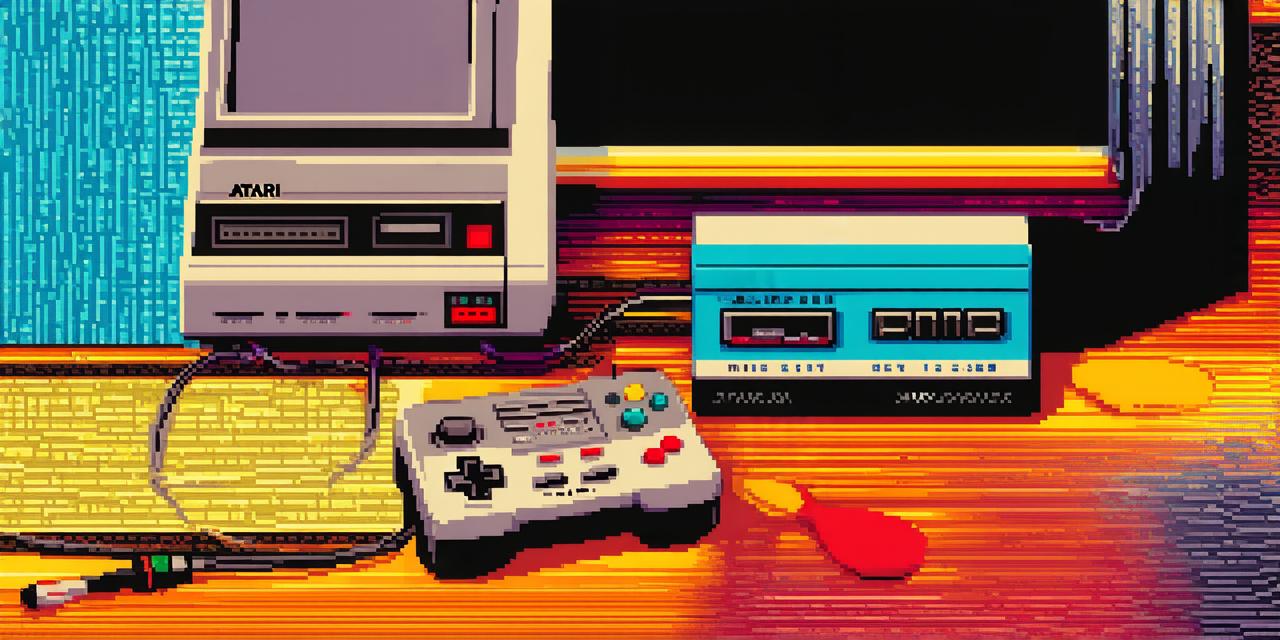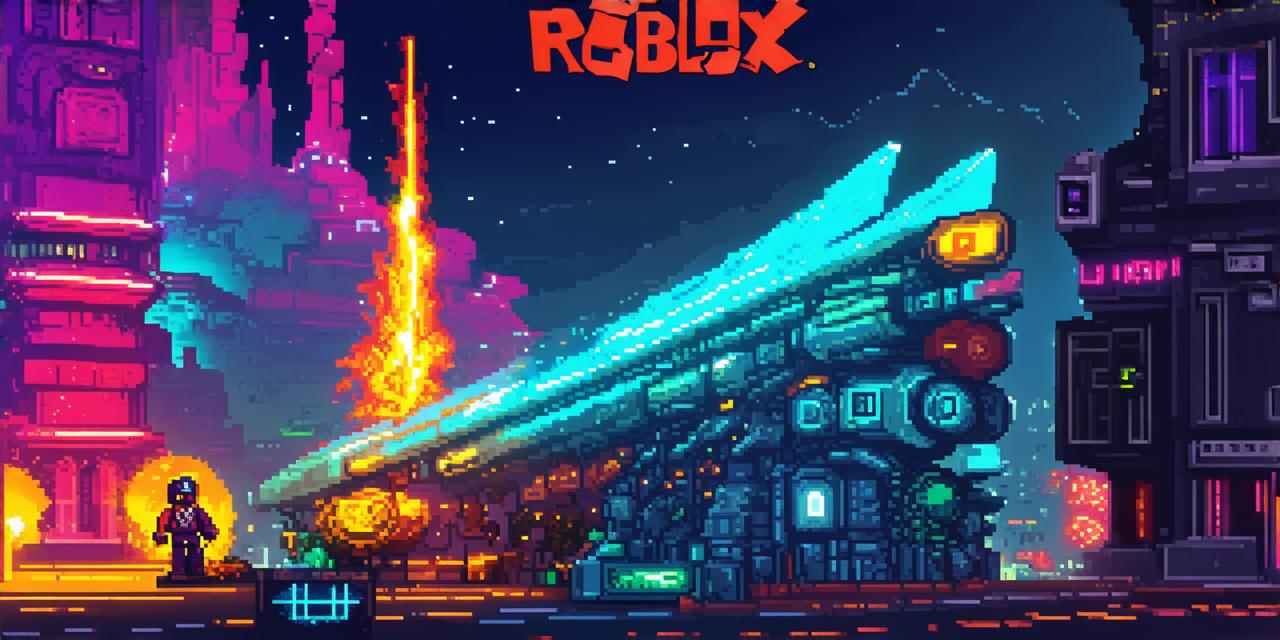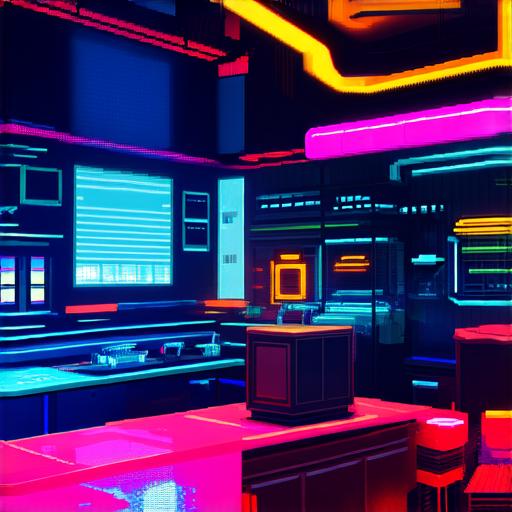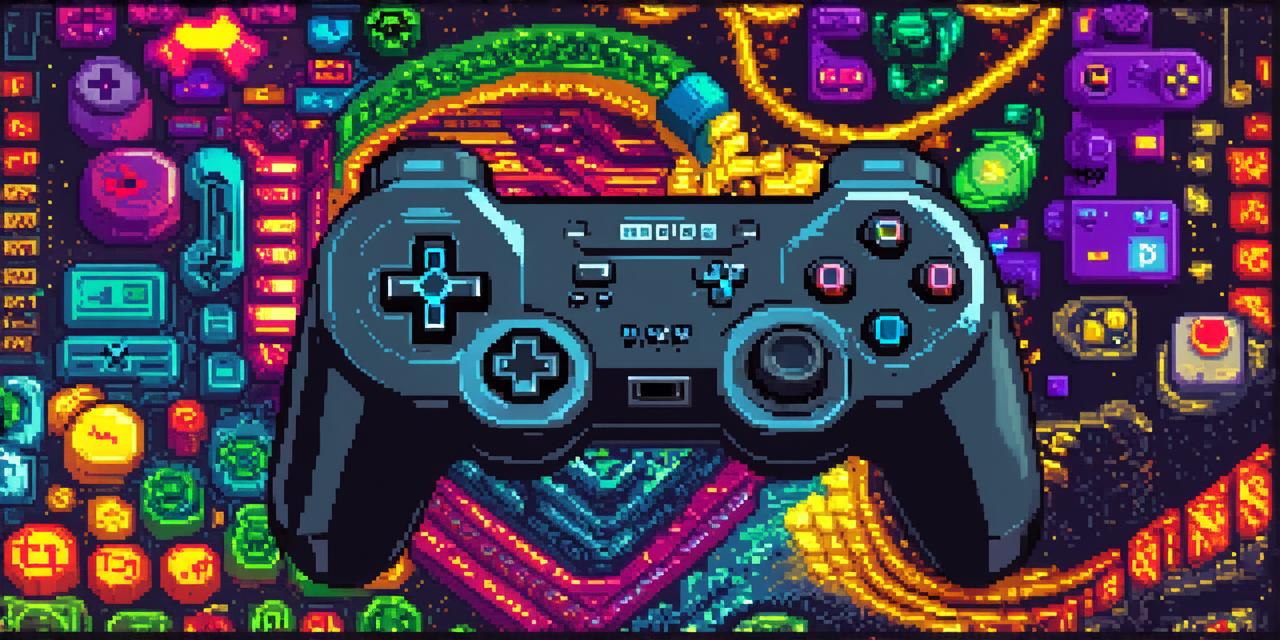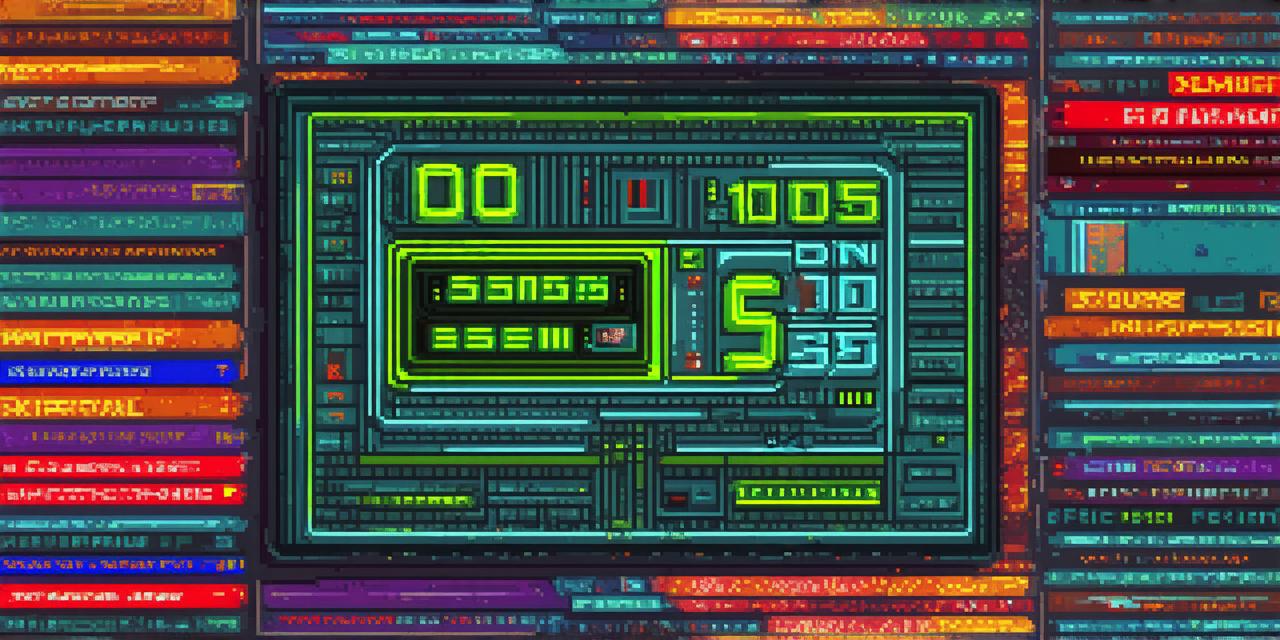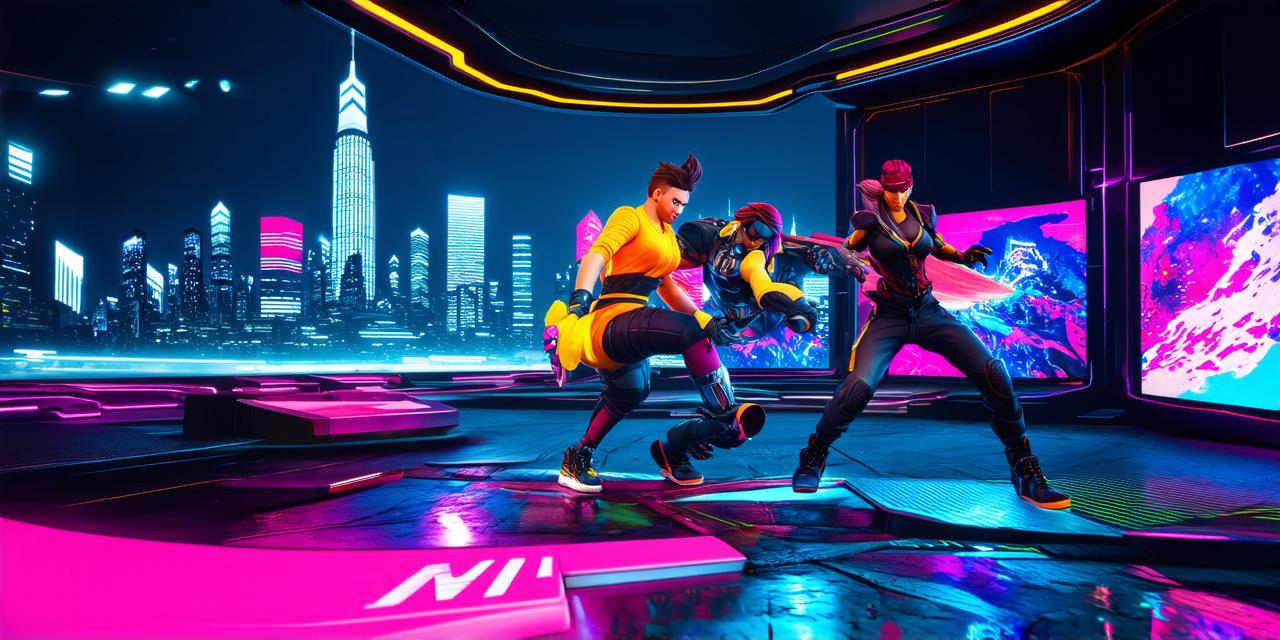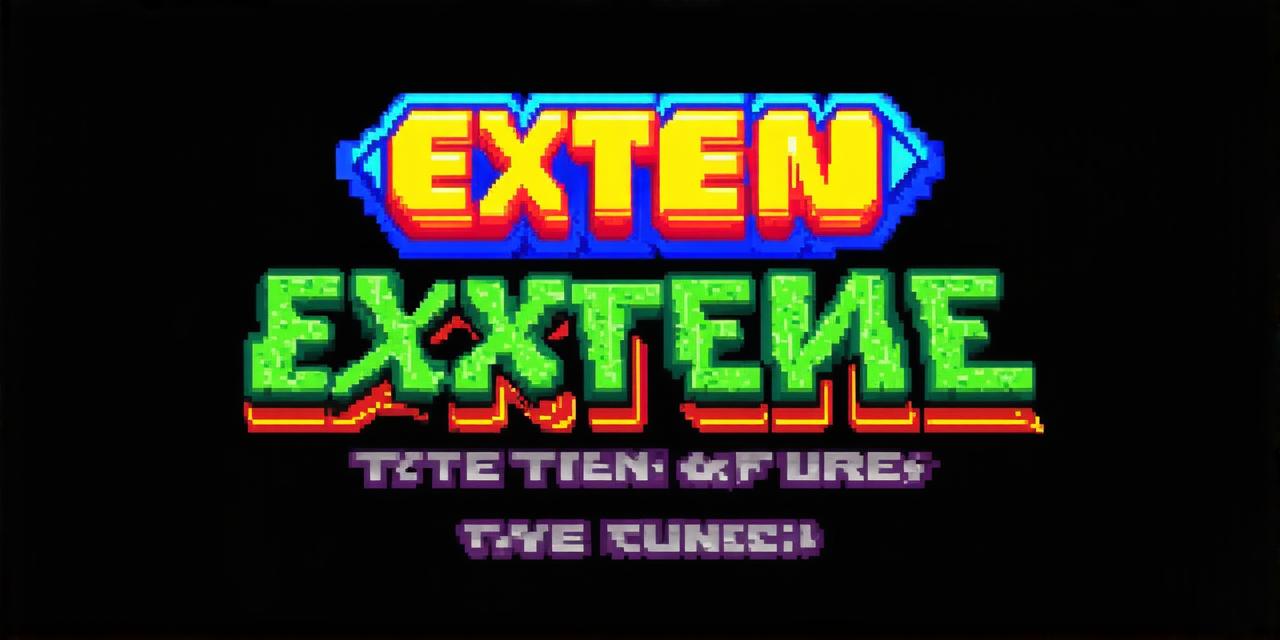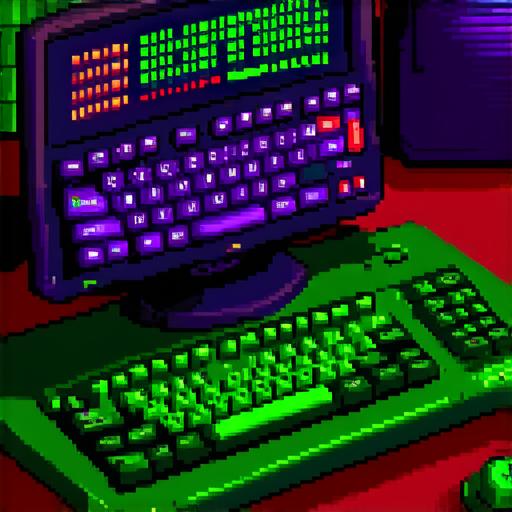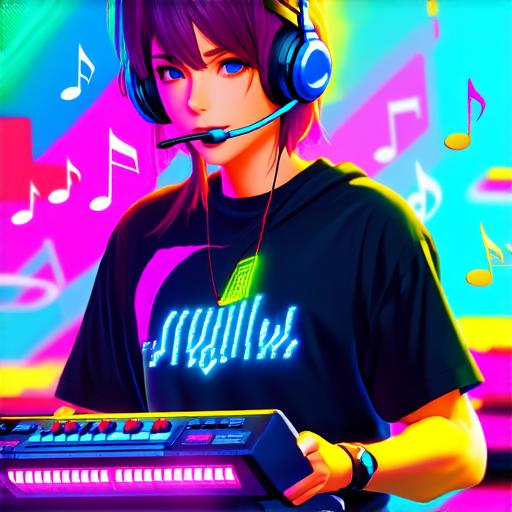What was the first playable video game
The Early Years
The concept of video games can be traced back as far as the 1940s when computer scientists began experimenting with interactive simulations. One of the earliest examples of a video game was “OXO,” also known as noughts and crosses, which was created by Alexander S. Douglas in 1952.
This simple tic-tac-toe simulation was played on a Cambridge University computer called EDSAC (Electronic Delay Storage Automatic Calculator).
The Birth of Arcade Games
In the 1970s, video games began to gain popularity as a form of entertainment. The first arcade game, “Pong,” was created by Atari in 1972.
The Rise of Home Consoles
As technology advanced and video game consoles became more affordable, the home console market began to take off in the 1980s. The first home video game console was the Magnavox Odyssey, which was released in 1972.
In 1980, Atari released the Atari 2600, which revolutionized home gaming with its advanced graphics and gameplay capabilities. The Atari 2600 introduced players to classic games such as Space Invaders, Pac-Man, and Donkey Kong.
The Golden Age of Video Games
The 1980s and 1990s were known as the golden age of video games, with advancements in technology leading to a new generation of consoles and games.

The first PlayStation was released in 1994, introducing players to 3D graphics and CD-ROM based games. This console helped to launch the career of game developer Sony Computer Entertainment and paved the way for future generations of PlayStation consoles.
The rise of personal computers also led to a boom in video game development during this time. Games such as Ultima, Diablo, and Doom became cultural touchstones and helped to establish the PC as a major player in the gaming industry.
The Impact on Society
The first playable video game had a profound impact on society, changing the way we interact with technology and shaping our culture. Video games provided an entirely new form of entertainment and allowed people to experience things that they may not have been able to otherwise.
Games also helped to break down barriers between people from different backgrounds and cultures, fostering a sense of community and cooperation. This sense of community was further strengthened by the rise of online gaming, which allowed players from around the world to connect and play together.
The Future of Gaming
Today, video games continue to evolve and push the boundaries of what is possible. With advancements in technology, we can now experience immersive virtual reality games and interactive experiences that were once the stuff of science fiction.
The gaming industry has also become a major player in the entertainment industry, with blockbuster games like Fortnite and Minecraft attracting millions of players worldwide. The rise of esports has also brought video games into the mainstream, with professional gamers competing for millions of dollars in prize money.
Conclusion
The first playable video game was an important milestone in the history of gaming, paving the way for the modern games we know and love today. From its humble beginnings to its impact on society, the journey of the first playable video game is a fascinating tale of innovation, creativity, and human ingenuity. As technology continues to advance and the gaming industry continues to evolve, it’s exciting to imagine what the future holds for video games and their impact on our world.
